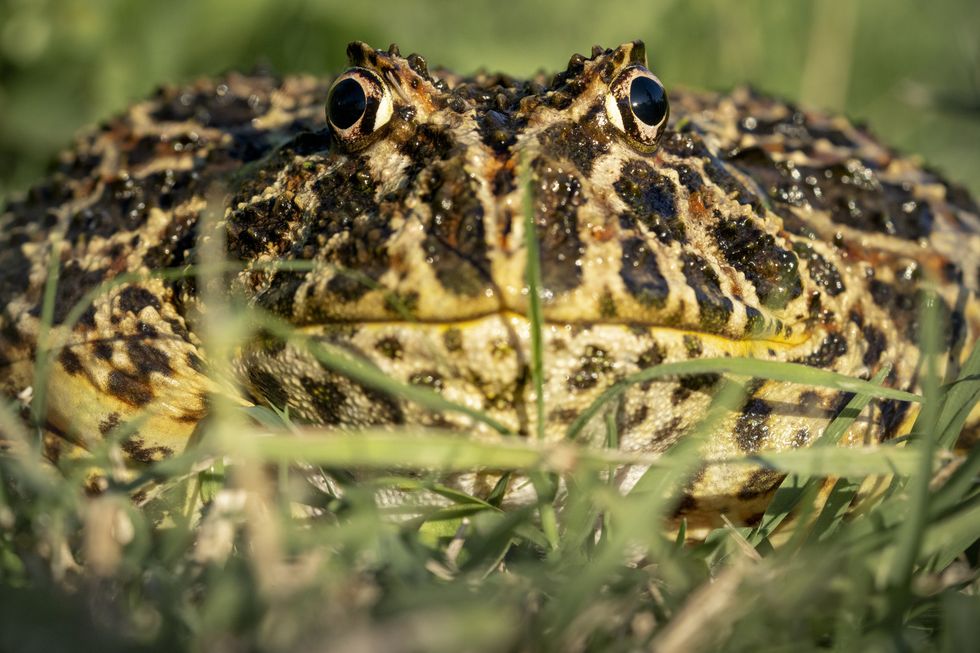Science & Tech
Jake Brigstock
Sep 03, 2024
- YouTube
Around 70 million years ago there was a giant 'devil frog' about the size of a beach ball that is thought to have feasted on baby dinosaurs.
Beelzebufo, from 'Beelzebub' which means devil in Greek along with the Latin for toad which is 'bufo', once lived in what's known now as Madagascar reports IFL Science.
A fossil of one was found there by a team made up of researchers from UCL and Stony Brook University, New York in 2008 after it was thought they only lived in South America.
Professor Susan Evans, from UCL Biosciences, said on the UCL website: "This frog, a relative of today's horned toads, would have been the size of a slightly squashed beach-ball, with short legs and a big mouth.
"If it shared the aggressive temperament and 'sit-and-wait' ambush tactics of living horned toads, it would have been a formidable predator on small animals.
"Its diet would most likely have consisted of insects and small vertebrates like lizards but it's not impossible that Beelzebufo might even have munched on hatchling or juvenile dinosaurs."

It's reported Beelzebufo lived around 65-70 million years ago and could well be the largest frogs that have ever been on Planet Earth.
To test the theory if Beelzebufo could indeed feast on baby dinos, a research team examined how horned toads bit down on a bar.
The study found: "Given that prey size is known to increase with body size in a variety of tetrapods and that Beelzebufo clearly had the ability to bite with considerable force, large individuals would have been able to prey upon a variety of contemporaneous taxa, including small / juvenile crocodiles and non-avian dinosaurs."
The strength of the bite of current horned toads and their jaws were compared to what is known about Beelzebufo's measurements.
How to join the indy100's free WhatsApp channel
Sign up to our free indy100 weekly newsletter
Have your say in our news democracy. Click the upvote icon at the top of the page to help raise this article through the indy100 rankings.
Top 100
The Conversation (0)














